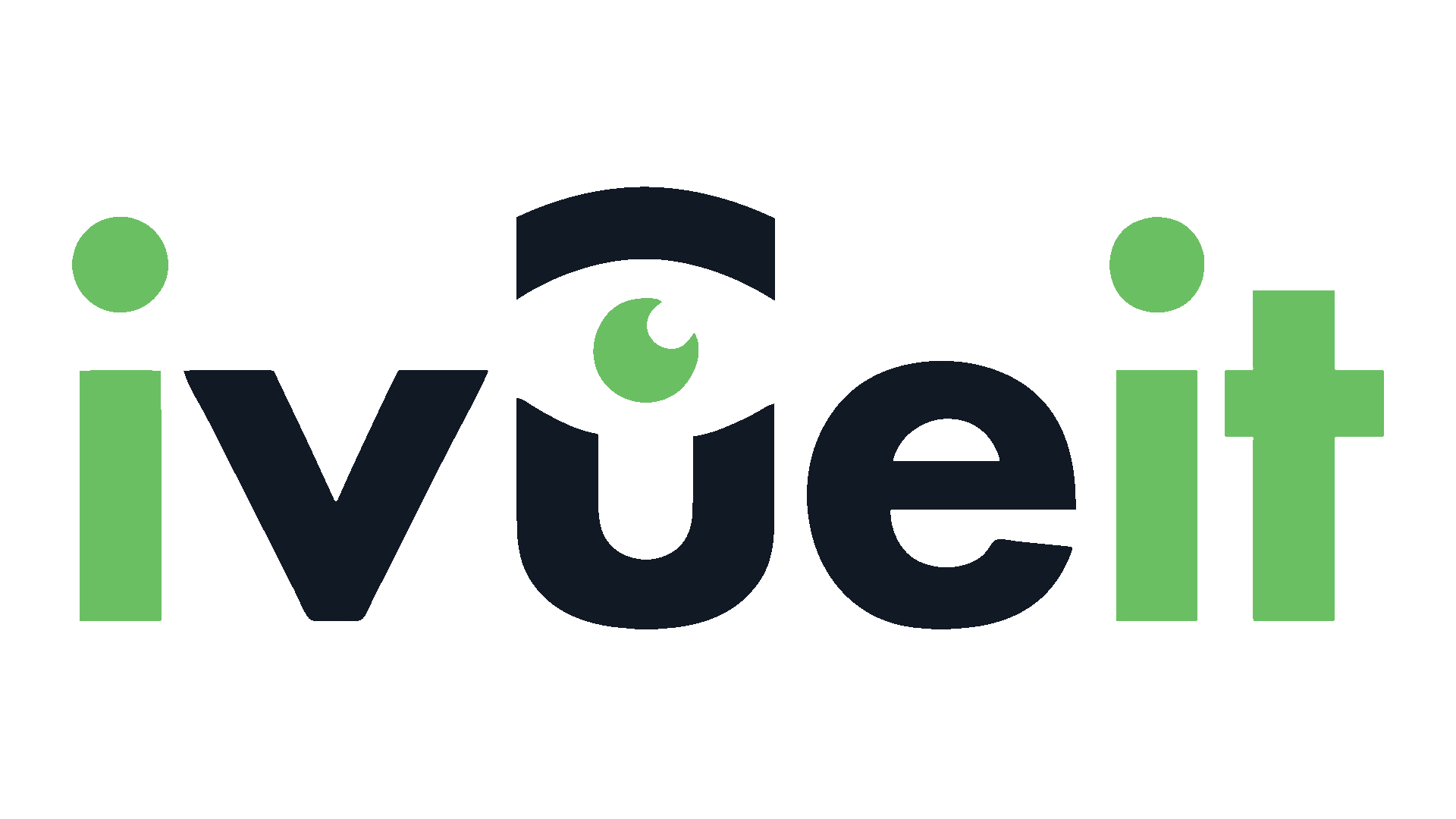
In the dynamic landscape of retail, data is king. Understanding consumer behavior, preferences, and trends is crucial for Consumer Packaged Goods (CPG) companies and brands to stay competitive. Over the years, the methods of collecting this data have evolved significantly, from labor-intensive manual surveys to leveraging the power of IoT, AI, and crowdsourcing technology like iVueit. Let’s take a journey through the historical progression of data collection methods and explore how technology has revolutionized the retail space.
The Era of Manual Surveys
In the early days, data collection in retail relied heavily on manual methods. Retail professionals like category managers, merchandisers, or field representatives would conduct surveys, visit stores, and manually record information about product placement, pricing, and customer preferences. While these methods provided valuable insights, they were time-consuming and often prone to errors. Plus, the carbon footprint was much too vast to continue as a sustainable solution.
Pros
- In-depth Insights: Manual surveys can provide detailed qualitative insights into consumer behavior, preferences, and sentiments.
- Flexibility: They allow for customized questions and in-depth exploration of specific topics, offering flexibility in data collection.
Cons
- Time-consuming: Manual surveys are labor-intensive and time-consuming, requiring significant resources for data collection and analysis.
- Subject to Bias: Responses may be influenced by interviewer bias or respondent bias, impacting the accuracy and reliability of the data collected.
The Rise of Point-of-Sale Systems
With the advent of technology, point-of-sale (POS) systems emerged as a game-changer in data collection. These systems allowed retailers to track sales in real-time, providing valuable data on which products were selling well and which ones were lagging. However, POS data only offered a limited view of consumer behavior and lacked insights into factors such as product placement and store conditions.
Pros
- Real-time Data: POS systems provide real-time sales data, enabling quick decision-making and responsiveness to market changes.
- Transaction Accuracy: They ensure accurate recording of transactions, reducing errors and improving inventory management.
Cons
- Limited Insights: POS data primarily focuses on transactional information, lacking insights into factors like customer demographics or store conditions.
- Initial Investment: Implementing POS systems can be costly, especially for smaller retailers, requiring investment in hardware, software, and staff training.
Enter IoT and AI
The integration of Internet of Things (IoT) devices and Artificial Intelligence (AI) has transformed data collection in retail. IoT sensors can now capture a wealth of information, including foot traffic, temperature, and even customer demographics. AI algorithms analyze this data in real-time, providing actionable insights to category managers and brands. This technology enables retailers to optimize product placement, personalize marketing efforts, and enhance the overall shopping experience.
Pros
- Comprehensive Data: IoT sensors capture a wide range of data, including foot traffic, temperature, and customer behavior, providing comprehensive insights.
- Real-time Analysis: AI algorithms analyze data in real-time, enabling quick decision-making and proactive responses to changing market trends.
Cons
- Privacy Concerns: IoT devices collect large amounts of personal data, raising concerns about privacy and data security.
- Implementation Challenges: Integrating IoT and AI technologies requires significant investment in infrastructure and expertise, posing challenges for smaller retailers.
Crowdsourcing with iVueit
Crowdsourcing platforms like iVueit have taken data collection to the next level. By harnessing the power of a vast network of on-demand inspectors, called Vuers, iVueit allows brands to collect data from thousands of locations quickly and cost-effectively. Whether it’s conducting store audits, monitoring competitor activity, or gathering customer feedback, iVueit provides real-time visibility into retail operations. This level of agility and scalability is unmatched by traditional data collection methods.
The iVueit solution combines the in-depth insights of manual surveys with real-time visibility to create unbiased photos, videos, and survey results from the customers point of view. By taking the best of both worlds, iVueit has learned from past data collection methods and improved the process through crowdsourcing lots of people and connecting them to a mobile app designed to gather accurate insights. The platform is helping retail & CPG professionals speed up data collection, accurately & affordably.
Benefits
- Scalability: Crowdsourced platforms like iVueit can quickly collect data from a large number of locations, enabling scalability and nationwide coverage.
- Cost-effectiveness: Leveraging a network of on-demand inspectors reduces the cost of data collection compared to traditional methods that required travel for field surveys or audits.
- Quality control: In most instances, one may doubt the reliability of data collected through crowdsourcing, but iVueit has built a trusted network of over 375K mobile app users. The majority of Vuers who complete the inspections are performed by Preferred Vuers who submit the best work. To iVueit clients’ advantage, 50% of all of iVueit Vues on the map are completed by Background Checked Vuers.
- Turnaround time: With 375K+ reliable Vuers across the US, Canada, and Puerto Rico, Vues are typically completed in 24 hours or less and sometimes in just minutes of the request.
- Carbon footprint reduction: Eliminate travel almost completely by leveraging local Vuers already in the vicinity of the location that needs surveyed.
Embracing the Future of Retail Data Collection

As we reflect on the evolution of data collection in the retail space, it’s clear that we’ve come a long way from manual surveys and clipboards. Today, technology has empowered CPG companies and brands with unprecedented access to actionable insights. By leveraging IoT, AI, and crowdsourcing technology like iVueit, retailers can stay ahead of the curve, adapt to changing consumer demands, and drive business growth in the digital age. Embracing these innovative tools is not just a competitive advantage – it’s a necessity in today’s fast-paced retail landscape.
Speed up your data collection with iVueit’s mobile workforce of 375K+ nationwide Vuers. Request a demo to receive a free pilot on your first 10 Vues.
